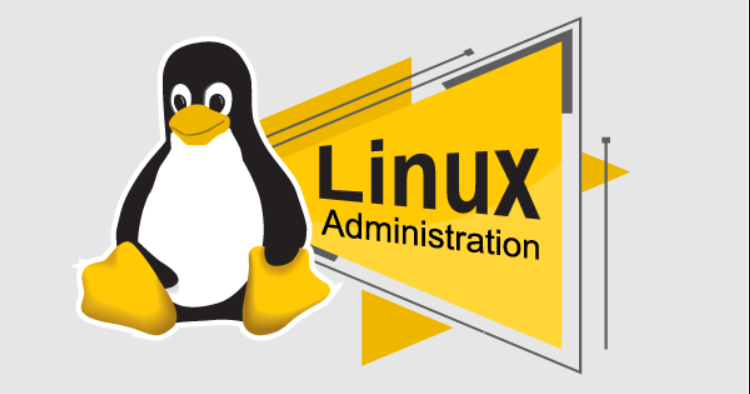Linux Administration
 Afridi Shaik
Afridi Shaik
Linux administration involves managing and maintaining Linux-based systems. This includes tasks such as installing and configuring the operating system, managing user accounts, ensuring system security, installing and updating software, and troubleshooting issues.
Certifications for Linux Administration:
RHCSA (Red Hat Certified System Administrator):
Offered by Red Hat, this certification focuses on the skills needed for day-to-day Linux system administration tasks.
It covers topics like file systems and storage, user and group administration, security, and basic system troubleshooting.
RHCSA is a great starting point for those entering the field of Linux administration.
For more information:-
LFCS (Linux Foundation Certified System Administrator):
This certification, provided by the Linux Foundation, is distribution-agnostic, meaning it covers general Linux skills applicable to various distributions.
It includes tasks related to system architecture, the command line, file systems and hierarchy, system startup processes, and more.
LFCS is suitable for those who want a broader understanding of Linux administration across different distributions.
For More Information:-
https://training.linuxfoundation.org/certification/linux-foundation-certified-sysadmin-lfcs/
we recommend that everyone follow the RHCSA path to become a Linux administrator because it involves a lot of concepts and troubleshooting of servers.
RHCSA (Red Hat Certified System Administrator) Path:
Understand the Basics:
- Familiarize yourself with Linux fundamentals, including the command line, file systems, and basic navigation.
User and Group Management:
- Learn how to create, modify, and delete user accounts. Understand group administration and permissions.
File Systems and Storage:
- Master tasks related to file systems, disk management, and storage configuration.
Networking:
- Gain knowledge of basic networking concepts, configure network interfaces, and troubleshoot network issues.
Security:
- Understand and implement security measures, including firewall configuration, user authentication, and file permissions.
System Administration:
- Perform system administration tasks such as system boot processes, service management, and process monitoring.
Troubleshooting:
- Develop troubleshooting skills to identify and resolve common system issues.
Automation:
- Learn basic automation with shell scripting to streamline repetitive tasks.
Differences Between RHEL 7, RHEL 8, and RHEL 9:
Systemd Adoption:
- RHEL 7 used the init system, while RHEL 8 and RHEL 9 adopted systemd, a modern system and service manager.
Package Management:
- RHEL 7 primarily used the YUM package manager, while RHEL 8 introduced the modular repository and the DNF package manager, providing better software management.
Web Console:
- RHEL 8 introduced the web console, a browser-based interface for system management tasks. This feature continued in RHEL 9, making it easier to manage systems with a graphical interface.
AppStreams and Modules:
- RHEL 8 introduced the concept of AppStreams and modules, allowing users to choose different versions of software components. RHEL 9 continues to build on this modular approach.
Kernel and Performance Improvements:
- Each new release typically brings improvements in the Linux kernel, performance enhancements, and optimizations.
Security Enhancements:
- With each release, there are updates to security features to address emerging threats and vulnerabilities.
Containerization:
- RHEL 8 and RHEL 9 emphasize containerization technologies, with tools like Podman and Buildah.
Ansible Integration:
- Ansible, an automation tool, is tightly integrated into RHEL 8 and RHEL 9, simplifying automation and configuration management.
For More Information:-
Rhel 7 and Rhel 8 differences:-
https://www.simplylinuxfaq.com/p/major-differences-between-rhel-8-and-7.html
Rhel 8 and Rhel 9 differences:-
https://www.simplylinuxfaq.com/p/rhel9-vs-8-differences.html
Subscribe to my newsletter
Read articles from Afridi Shaik directly inside your inbox. Subscribe to the newsletter, and don't miss out.
Written by
